According to IBM PCjr Technical Reference there are 6 chip-select signals in the cartridge interface:
/CS2 - 1st cartridge ROM 2 (D0000-D7FFF)
/CS3 - 1st cartridge ROM 1 (D8000-DFFFF)
/CS4 - 2nd cartridge ROM 2 (E0000-E7FFF)
/CS5 - 2nd cartridge ROM 1 (E8000-EFFFF)
/CS6 and /CS7 are only for case when you need to substitute onboard ROM (BIOS+BASIC), but for this you also need to ground A04 and A09 (BASE 1/2 ROM IN CARTRIDGE).
And address is 15 lines (up to 32KB). And data is obviously 8 bit (it's 8088, remember?). Technically possible to create cartridge with 128 KB (4 x 32KB chips) directly available in the address space of the processor 8088, but I started with 64 KB...
You can order THREE 64KB PCBs through OSHPark: https://oshpark.com/shared_projects/vnBQjk6B
 SHAOS
SHAOS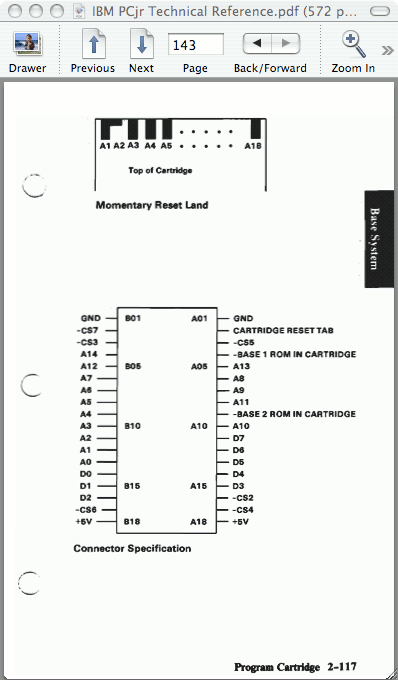
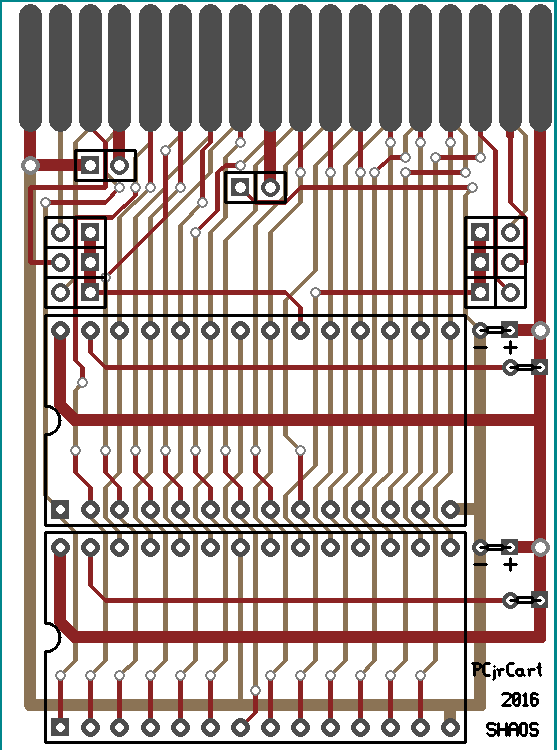
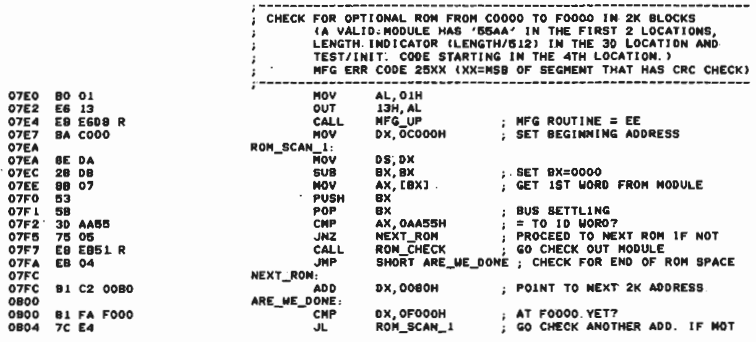
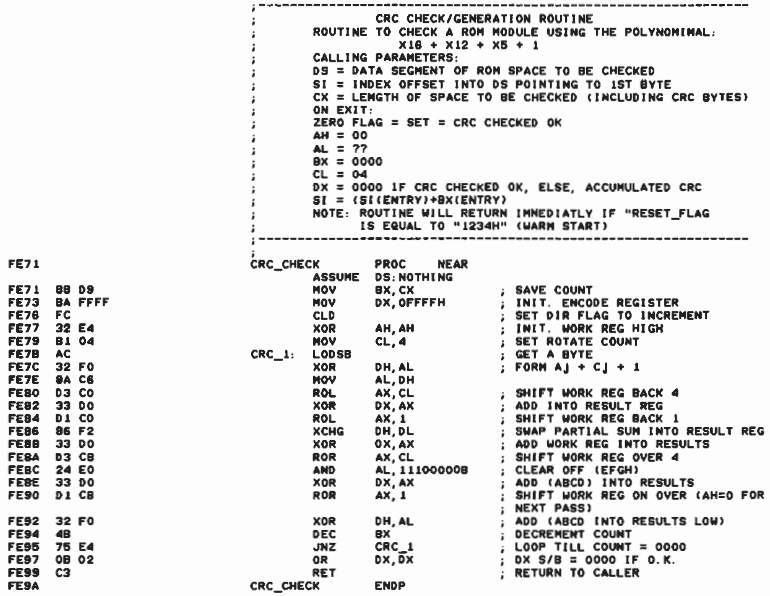
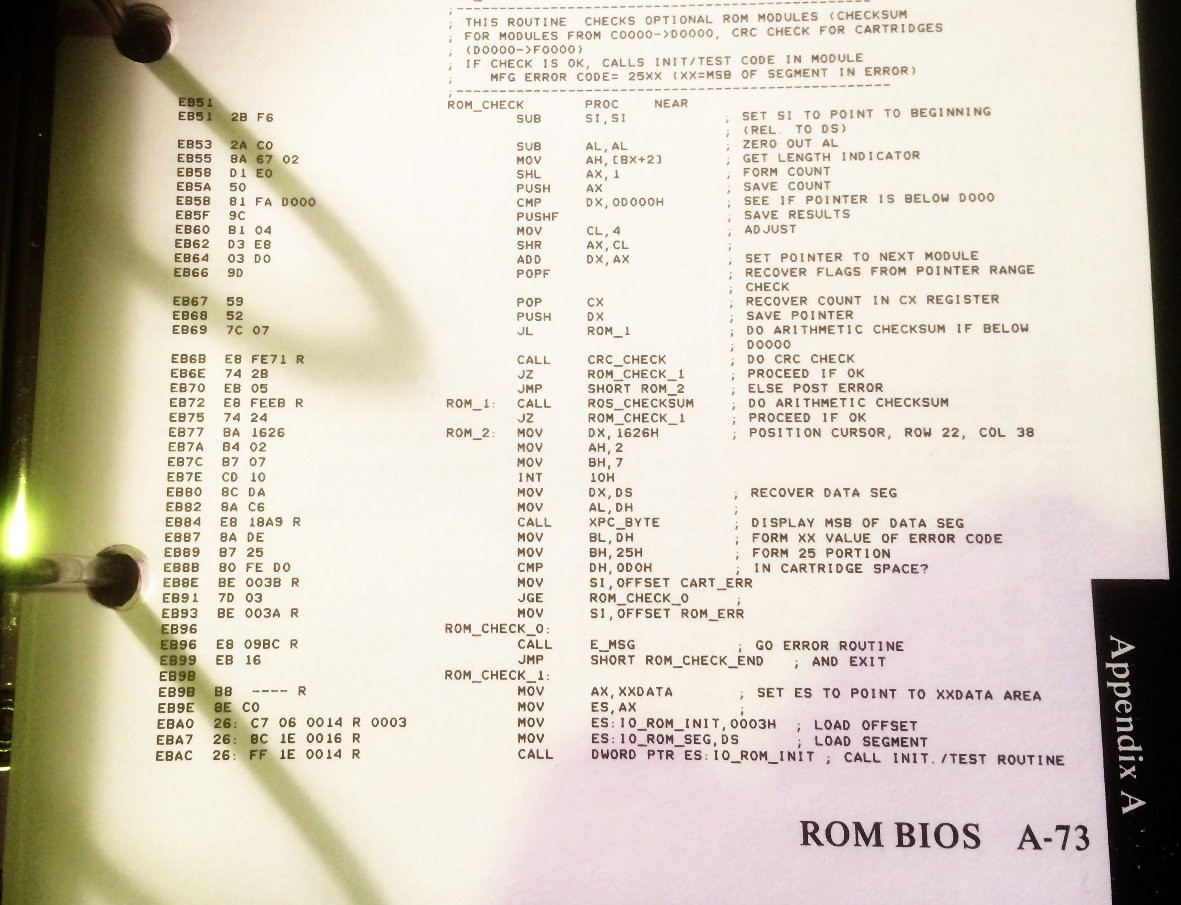
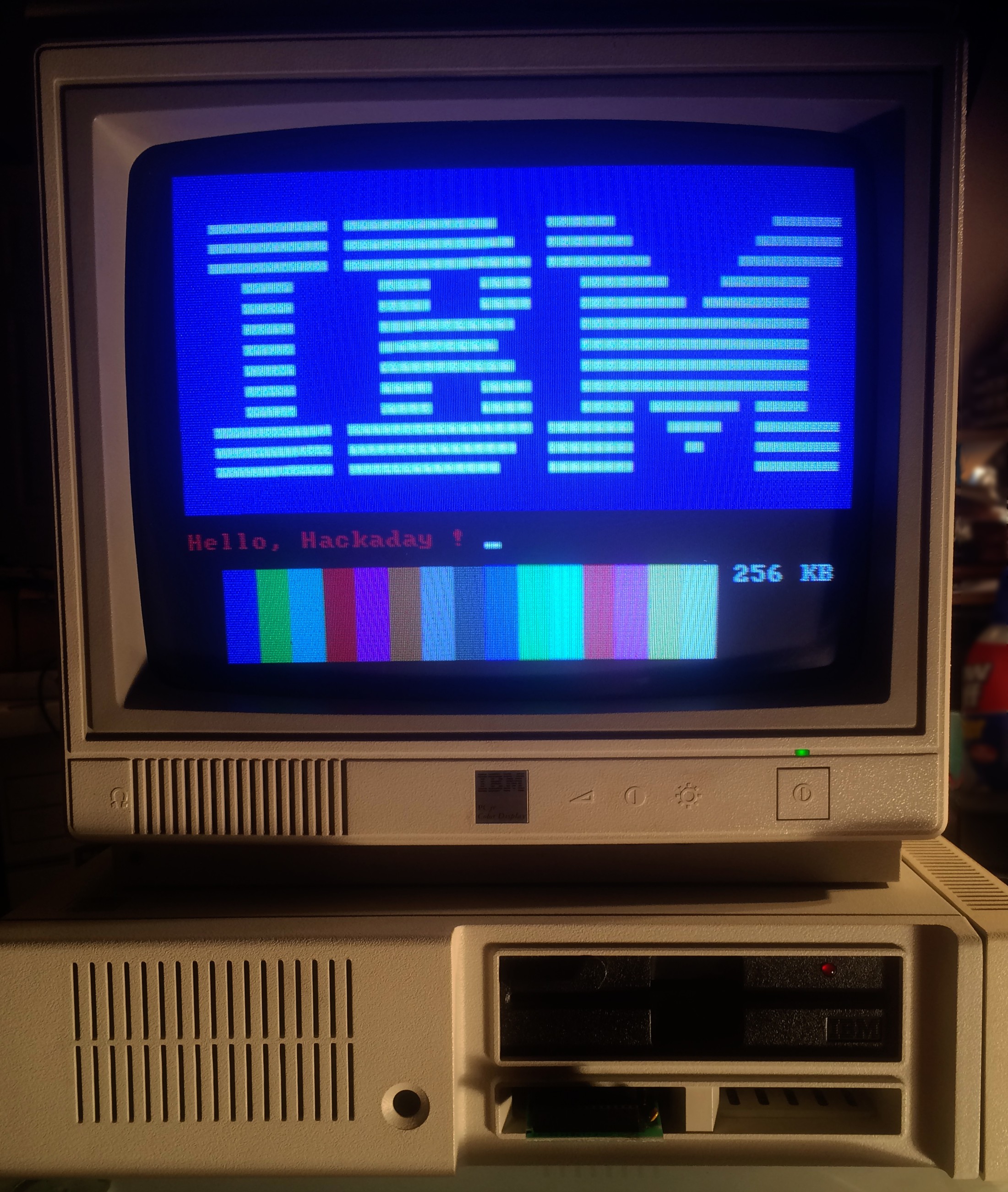
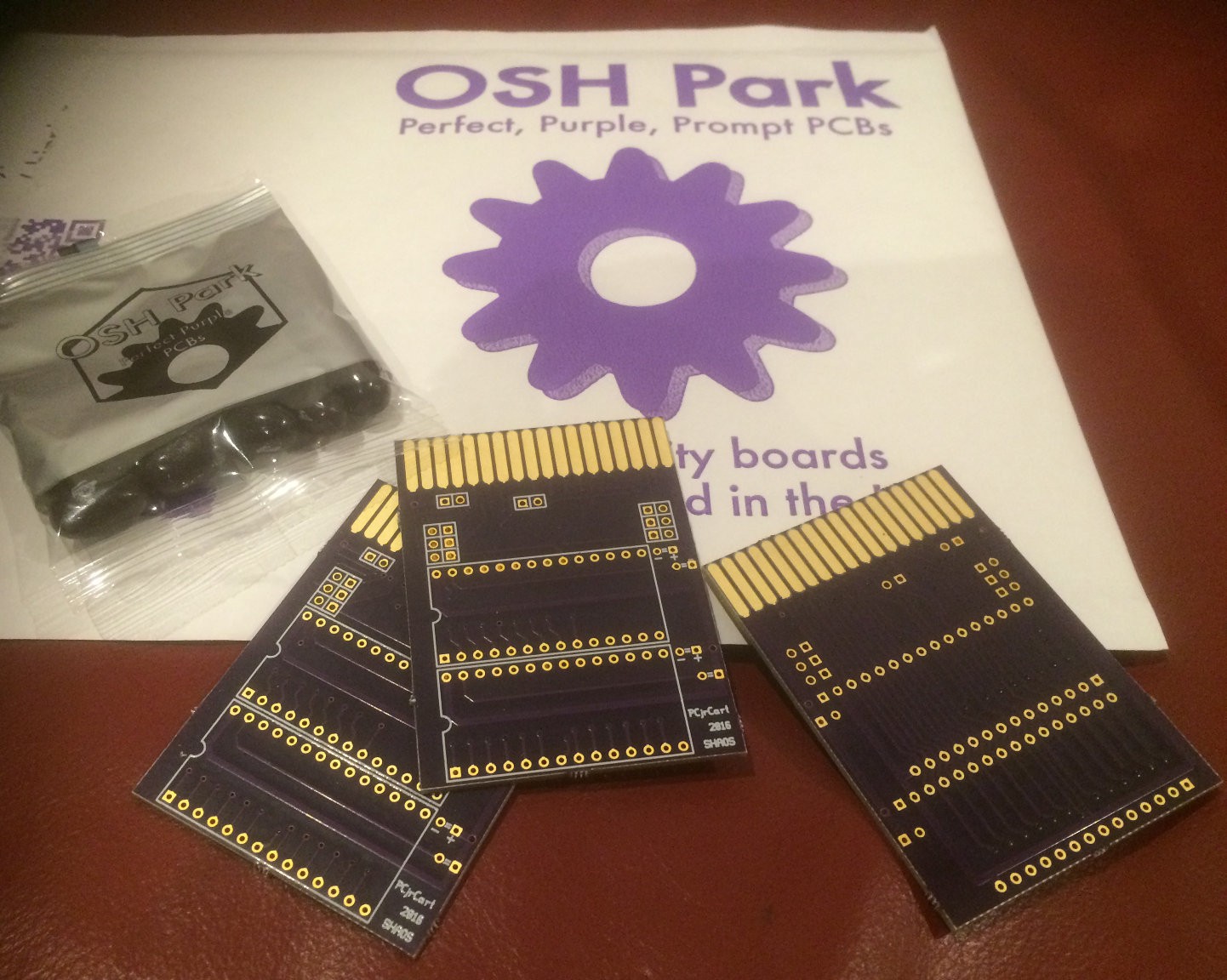
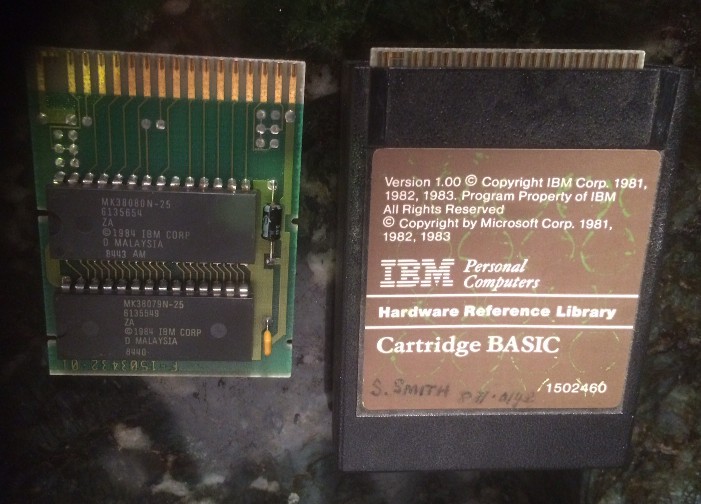
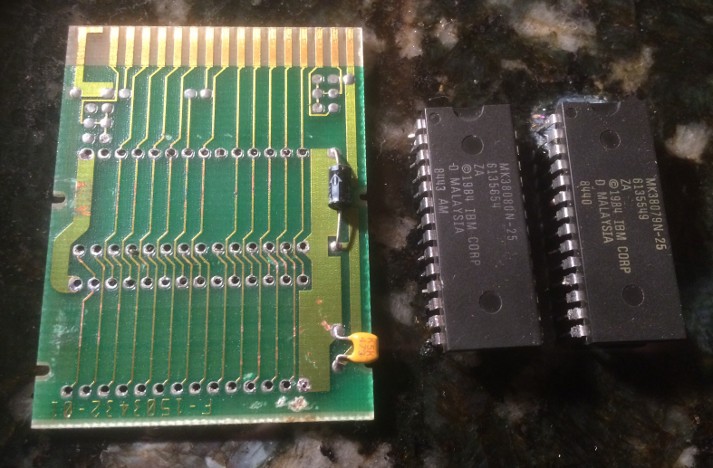
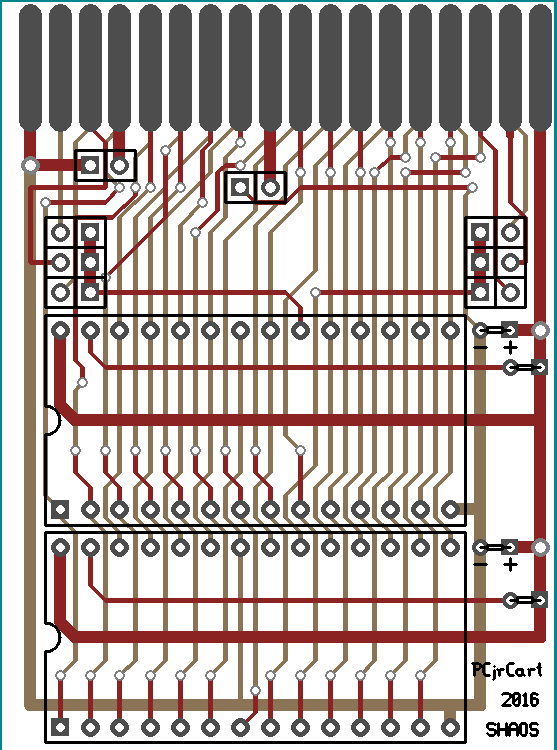
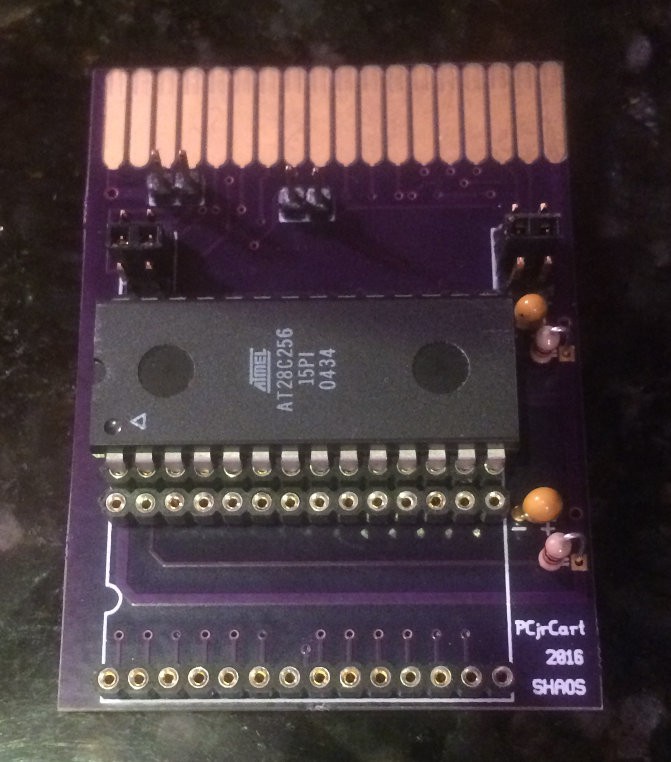
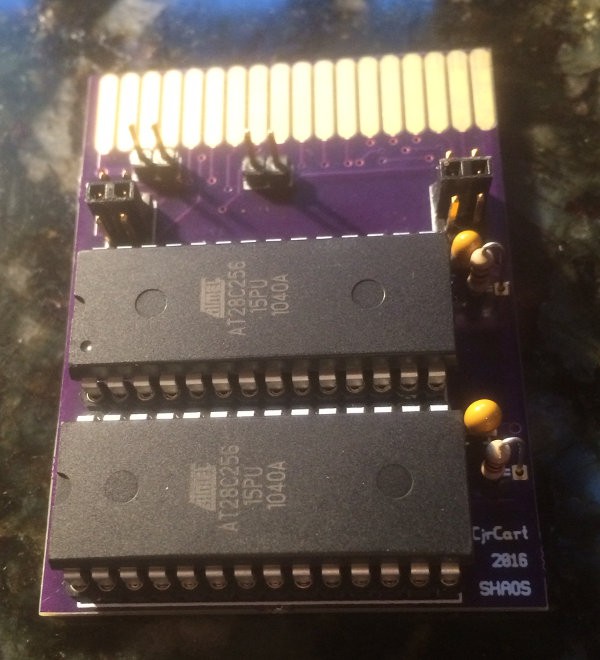




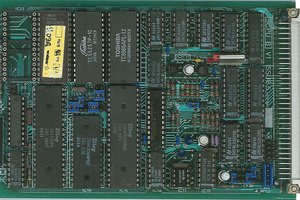
 Keith
Keith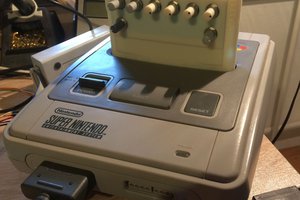
 Foxchild
Foxchild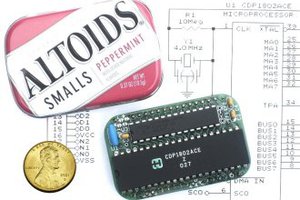
 Lee Hart
Lee Hart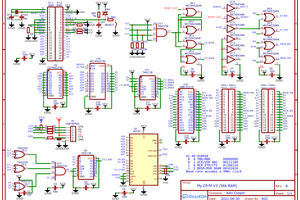
 agp.cooper
agp.cooper
I would also like the information on the caps/resistors and jumper settings.